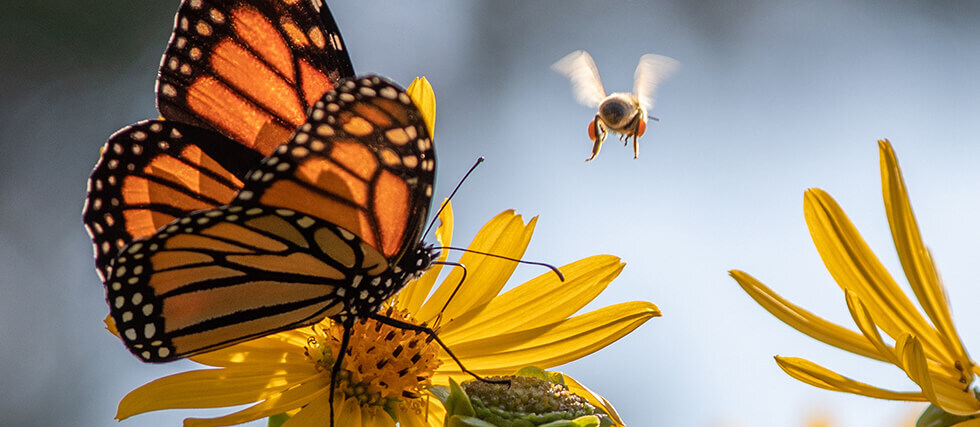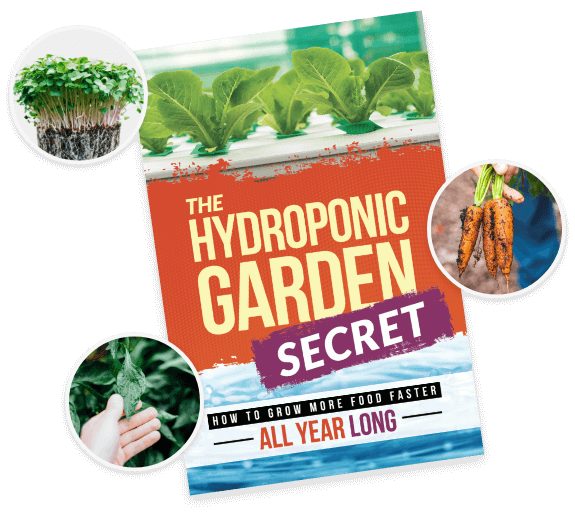North America is facing a major pollinator crisis, with new research showing that over 22% of native pollinator species are at elevated risk of extinction. This groundbreaking study, published in Proceedings of the National Academy of Sciences, assessed nearly 1,600 species—including bees, butterflies, moths, beetles, flower flies, bats, and hummingbirds.
Pollinators are crucial to the reproduction of most flowering plants and the production of fruits and seeds. In fact, around 75% of global food crops and nearly 90% of wild plants depend on pollination. Without pollinators, our food systems—and natural ecosystems—would suffer drastically.
The study’s lead author, Dr. Tara Cornelisse of NatureServe, said it paints “the most comprehensive picture yet” of the decline. Alarming findings include:
- 1 in 5 pollinators is at risk of extinction.
- Bees are the most threatened, with 34.7% of native species—especially digger and leafcutter bees—facing major declines.
- All pollinating bat species are at risk, while hummingbirds fare better.
- The American Southwest emerged as a hotspot for at-risk species, largely due to climate pressures.
The biggest threats? Habitat loss, pesticide use, and climate change. These issues not only harm pollinators but also disrupt their food sources, nesting sites, and life cycles.
But there’s hope—and action you can take. Start by planting native flowering plants (even in pots), ensuring they’re pesticide-free. Ask local nurseries about untreated seeds. Let dead plant material remain in your garden—it offers vital shelter for insects.
Even small spaces can help. As co-author Jaret Daniels notes, “Container gardens can offer meaningful support and joy.”
Your backyard can be part of the solution—protecting pollinators protects us all.



